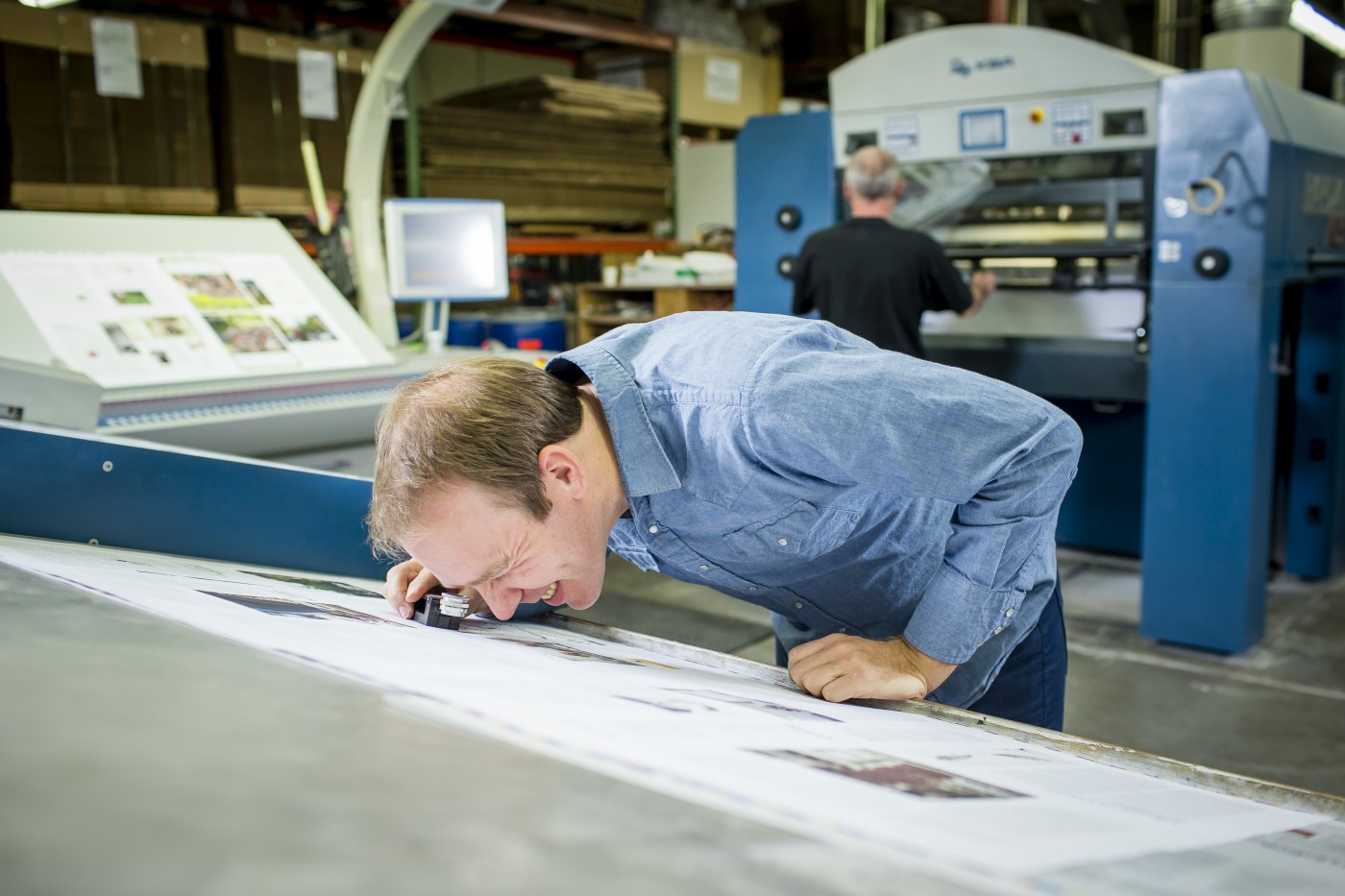Now that you’re familiar with the basics of sheet-fed printing, it’s time to delve into the technical side of things. Understanding the process and the various options available can help you optimize your print jobs for quality and cost-effectiveness. In this second blog, we’ll explore the specific elements that go into a sheet-fed printing job, from color management to finishing options.
The Printing Process in Detail
Sheet-fed printing involves several steps that contribute to the high quality of the final product. Here’s a closer look at the process:
- Prepress: Before printing begins, the digital files are prepared for the press. This includes color separation, proofing, and creating the plates.
- Color Management: Achieving consistent color throughout the print run is crucial. Sheet-fed presses use sophisticated color management systems to ensure accuracy. This involves adjusting ink levels, using color profiles, and employing spot colors when necessary.
- Printing: As the press runs, the sheets of paper are fed through the machine. Each color in the design is printed separately, and the sheets are often run through the press multiple times for multi-color jobs.
- Finishing: After printing, the sheets may undergo various finishing processes like coating, embossing, or die-cutting to add a professional touch.
Choosing the Right Paper and Ink
One of the key benefits of sheet-fed printing is its ability to accommodate a wide range of paper stocks and inks. Whether you need glossy, matte, or specialty paper, sheet-fed presses can handle it. Additionally, different inks—such as UV or vegetable-based inks—offer various advantages depending on your project’s requirements.
Quality Control in Sheet-Fed Printing
Maintaining consistent quality is essential, especially for businesses that rely on brand consistency. With sheet-fed printing, each sheet is monitored throughout the run, allowing for adjustments as needed. This high level of control ensures that your final product meets the exact specifications you need.
The technical aspects of sheet-fed printing might seem complex, but understanding them is key to getting the best results. Whether it’s managing colors or choosing the right paper and ink, these details can make a significant difference in your print project’s success. In our final blog, we’ll cover how to work with your printer to ensure a smooth production process and highlight some common terms you’ll encounter.
Terms You Should Know:
- Stock: The paper or other material that is printed on.
- Scoring: Creating a crease in paper to facilitate folding without cracking.
- Die-Cutting: A finishing process where shapes are cut out of printed material using a custom-made die.
- Varnish: A transparent coating applied to printed material to protect and enhance its appearance.
- DPI (Dots Per Inch): A measure of print resolution; the number of dots of ink per inch in a printed image.
- Pantone: A standardized color matching system used in printing for consistency across different jobs and materials.
- Overprint: Printing one color over another, typically used to avoid gaps between colors.
- Undercolor Removal (UCR): A process in color printing that reduces the amount of CMY inks in dark areas and replaces them with black ink to reduce ink coverage and drying time.
- Lamination: A finishing process where a thin layer of plastic is applied to printed material to protect and enhance durability.
- Collating: The process of arranging printed sheets into a specific order, often used in multi-page documents.
- Feeder: The part of the press that feeds sheets of paper into the printing press.
Ready to start your own print project? Contact us!

